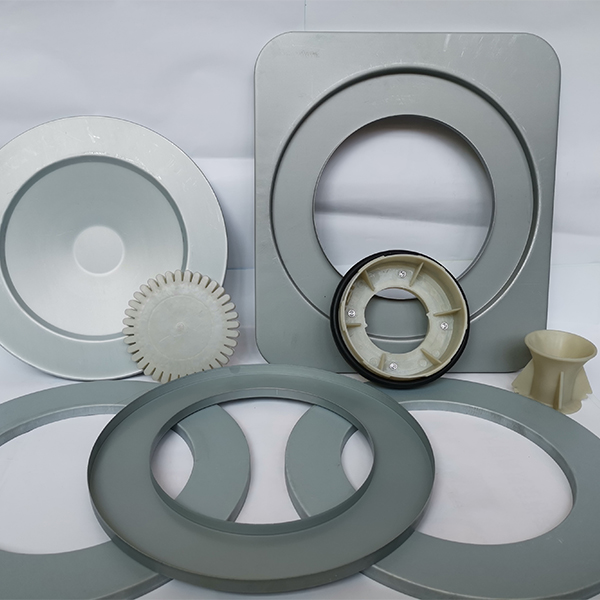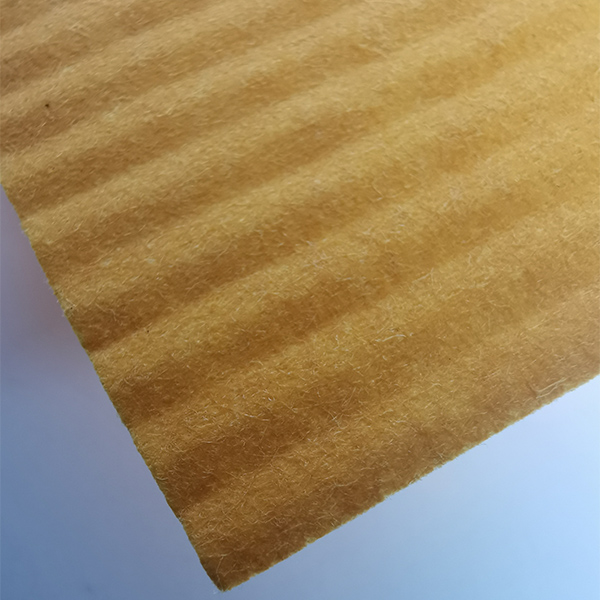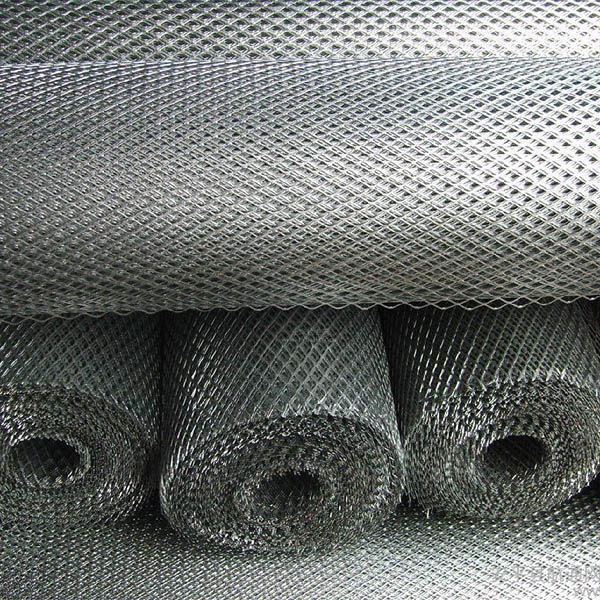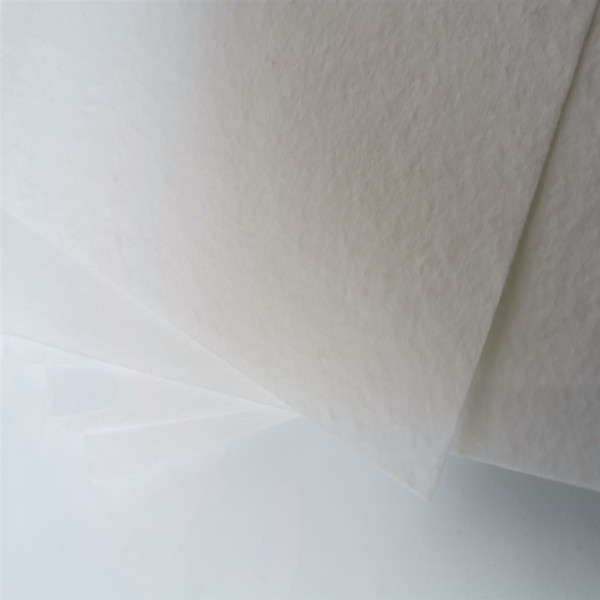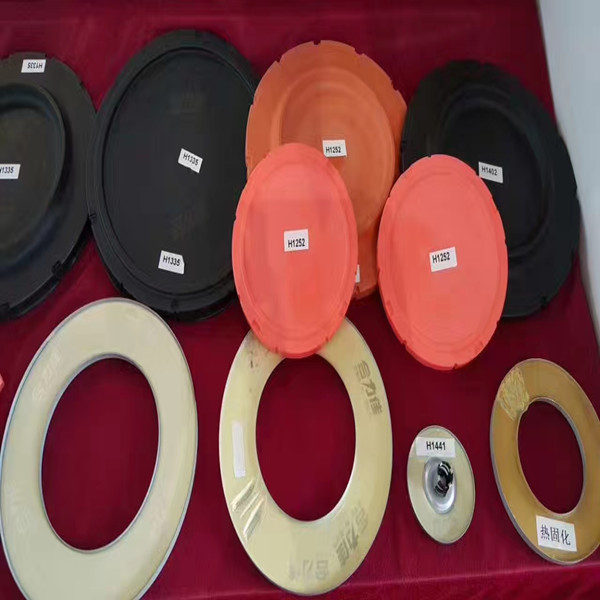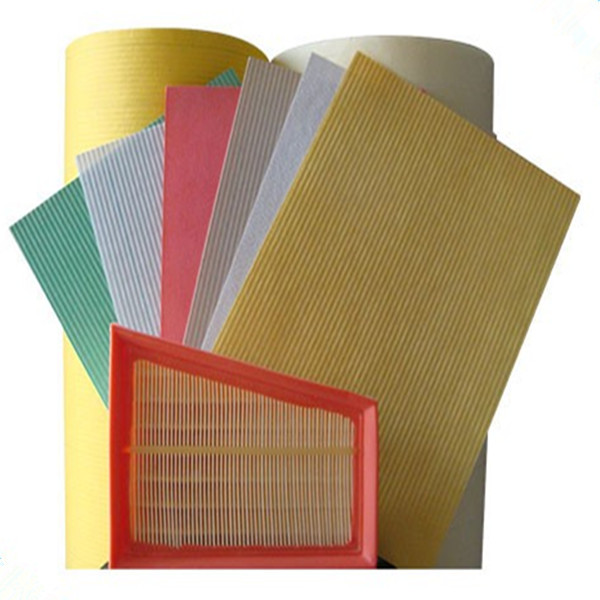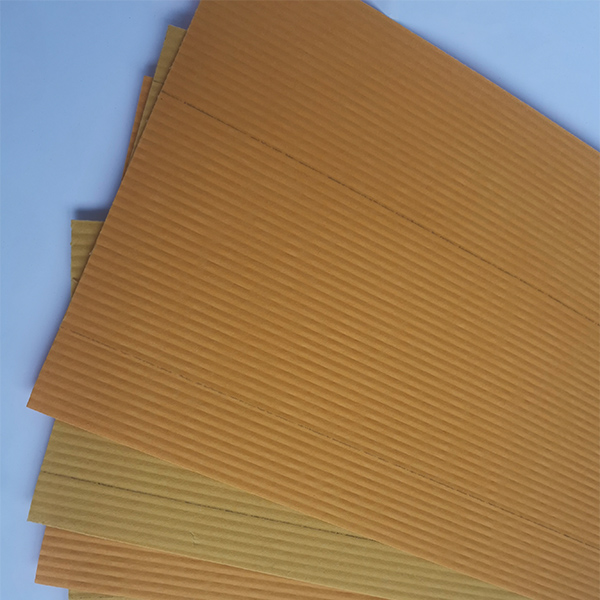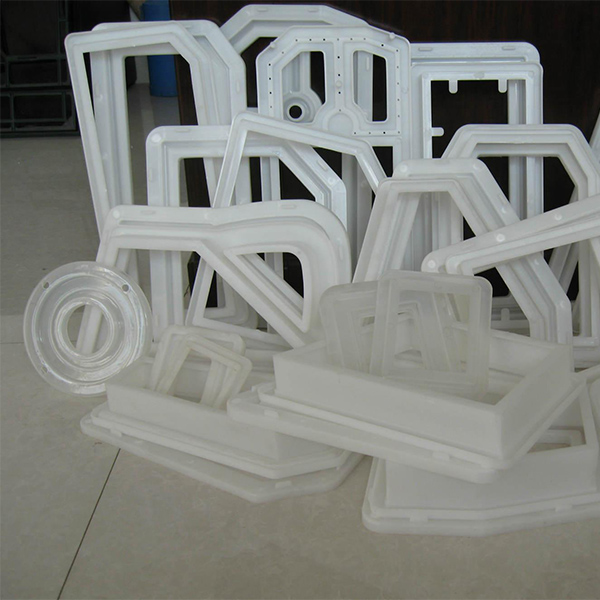Introduction to Advanced Air Filtration Solutions
In industrial and commercial environments, the quality of indoor air directly impacts human health, operational efficiency, and the longevity of sensitive equipment. Effective air filtration is not merely a regulatory requirement but a critical operational imperative. Our focus today is on advanced filtration media designed to meet stringent air quality standards while optimizing energy consumption.
We delve into the capabilities and applications of Medium Efficiency F7 Synthetic Air Bag Filter Media, a vital component in modern HVAC systems and industrial processes. This media stands at the forefront of particulate removal, offering a superior blend of efficiency, durability, and cost-effectiveness for a wide array of demanding applications.
Current Industry Trends in Air Filtration
The air filtration industry is undergoing significant evolution, driven by several key trends:
- Increasing Emphasis on Indoor Air Quality (IAQ): Post-pandemic, there's heightened awareness regarding airborne contaminants, including viruses, bacteria, and fine particulate matter (PM2.5, PM1). This drives demand for higher efficiency filters like F7, which effectively capture these smaller particles.
- Energy Efficiency: With rising energy costs and environmental regulations, filters with lower initial pressure drop and longer service life are preferred. Synthetic media like F7, designed for optimal airflow characteristics, contribute significantly to HVAC system energy savings.
- Sustainability and Material Innovation: There's a growing push for environmentally friendly materials and manufacturing processes. Synthetic media often offers advantages in terms of consistent quality, moisture resistance, and sometimes, recyclability compared to traditional glass fiber alternatives.
- Compliance with Evolving Standards: Global standards such as ISO 16890 are replacing older norms like EN 779, shifting focus from a nominal efficiency rating to the classification of filters based on their ability to capture specific particulate matter fractions (ePM1, ePM2.5, ePM10). F7 filters align with the requirements for ePM2.5 or ePM10 filtration, depending on specific construction and media properties.
- Smart Building Integration: The advent of IoT and smart HVAC systems necessitates filters that can be easily integrated, monitored for pressure drop, and replaced proactively, optimizing maintenance schedules and filter performance.
These trends underscore the importance of reliable, high-performance filtration solutions like Medium Efficiency F7 Synthetic Air Bag Filter Media in achieving both compliance and operational excellence.
Manufacturing Process: From Raw Material to Advanced Filtration Media
The production of Medium Efficiency F7 Synthetic Air Bag Filter Media involves a meticulously controlled, multi-stage process designed to ensure consistent quality and performance. This media is typically constructed from high-quality synthetic fibers, often a blend of fine and coarse melt-blown polypropylene or polyester, leveraging their inherent electrostatic properties and structural integrity.
Process Flow Overview:
- Material Selection & Preparation: High-grade polypropylene or polyester granules are selected. These polymers are chosen for their excellent thermal stability, chemical resistance, and ability to be electrostatically charged.
- Melt-Blown/Spunbond Production: The selected polymer granules are melted and extruded through fine dies, either by melt-blowing (creating very fine, entangled fibers) or spunbonding (creating continuous filaments that are then randomly laid). This forms a non-woven fabric. The fiber diameter and web uniformity are critical at this stage to achieve desired filtration characteristics.
- Layer Lamination (Multi-Layer Construction): Multiple layers of these synthetic fibers, often with varying densities and fiber sizes, are combined. This creates a gradient structure, where coarser fibers capture larger particles on the upstream side, and finer fibers capture smaller particles deeper within the media. This multi-layer approach maximizes dust holding capacity (DHC) and extends service life. Thermal bonding or needle punching may be used to consolidate the layers without significantly impeding airflow.
- Electrostatic Charging: The synthetic media is often subjected to an electrostatic charge treatment. This process enhances the media's ability to attract and hold fine particulate matter without significantly increasing pressure drop, boosting filtration efficiency for sub-micron particles.
- Media Pleating & Forming: The flat filtration media is then precision-pleated and often formed into "pockets" or "bags" to maximize the surface area within the filter frame. This pleating process ensures optimal airflow distribution and particle capture. Automated machinery ensures consistent pleat spacing and depth.
- Frame Assembly: The pleated media bags are then securely sealed into a rigid frame, typically made of galvanized steel, aluminum, or robust plastic. Special attention is paid to ensure airtight seals to prevent bypass.
-
Quality Control & Testing: Each batch of filter media undergoes rigorous testing in accordance with international standards. This includes:
- ISO 16890 (ePM1, ePM2.5, ePM10): Measuring efficiency against various particulate matter fractions.
- EN 779:2012 (F7 Rating): Older standard for efficiency classification.
- ASHRAE 52.2 (MERV Rating): Common in North America for efficiency and pressure drop.
- Initial Pressure Drop: Measuring airflow resistance at various velocities.
- Dust Holding Capacity (DHC): Determining the amount of dust a filter can hold before reaching its terminal pressure drop.
- Burst Strength & Structural Integrity: Ensuring durability under operational conditions.
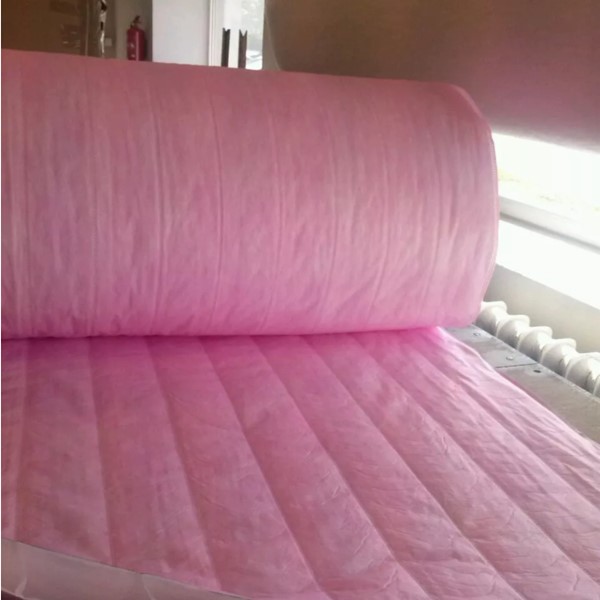
Figure 1: Multi-layer synthetic filtration media during production.
Service Life & Target Industries:
The typical service life of Medium Efficiency F7 Synthetic Air Bag Filter Media ranges from 6 to 12 months, depending heavily on the operating environment's particulate load, airflow rates, and system design. Regular monitoring of pressure drop is key to optimal replacement schedules.
Target industries benefiting from F7 synthetic media include:
- Commercial & Public Buildings: Offices, shopping malls, schools, hospitals.
- Pharmaceutical & Healthcare: Pre-filtration for HEPA filters, general HVAC.
- Food & Beverage Processing: Protecting products from airborne contaminants.
- Automotive Manufacturing: Paint booths, clean rooms.
- Petrochemical & Energy: Protecting sensitive machinery from corrosive particles.
- Metallurgy & Heavy Industry: Capturing fine dust in processing areas.
- Water Supply & Drainage (Indirectly): Used in control rooms and sensitive equipment housing for environmental protection.
Advantages in Typical Application Scenarios:
- Energy Saving: The synthetic media's low initial pressure drop reduces the energy consumption of HVAC fans, leading to significant operational cost savings over the filter's lifespan.
- Corrosion Resistance: Unlike some fibrous media, synthetic polymers are inherently resistant to moisture and many chemicals, making them suitable for environments with high humidity or exposure to certain industrial fumes, prolonging filter life and maintaining efficiency.
- Consistent Performance: The manufacturing process ensures uniform fiber distribution and consistent pleating, guaranteeing predictable performance and efficiency across all units.
Technical Specifications and Performance Metrics
Understanding the precise technical parameters of Medium Efficiency F7 Synthetic Air Bag Filter Media is crucial for effective system design and performance optimization. These filters are engineered to provide a balance between high efficiency and low airflow resistance.
Key Specifications Table:
| Parameter | Description / Value | Standard / Test Method |
|---|---|---|
| Filter Class | F7 | EN 779:2012 |
| ISO 16890 Classification | ePM2.5 > 50% or ePM1 > 50% (depending on specific media construction) | ISO 16890-1:2016 |
| Media Type | Synthetic, Multi-layer Non-woven Fibers (Polypropylene/Polyester) | Material Analysis |
| Initial Pressure Drop (Pa) | ~80 - 100 Pa (at nominal airflow of 0.94 m/s or 3400 m³/h for 592x592mm filter) | EN 779:2012 / ISO 16890 |
| Recommended Final Pressure Drop (Pa) | 250 - 450 Pa | Manufacturer Guideline |
| Dust Holding Capacity (g) | ~350 - 600 g (for 592x592mm filter) | EN 779:2012 / ISO 16890 |
| Temperature Resistance | Up to 80°C (176°F) continuous | Internal Test |
| Humidity Resistance | Up to 100% RH | Internal Test |
| Frame Material | Galvanized Steel, Aluminum, or Plastic | Material Specification |
| Microbial Growth Resistance | Excellent (synthetic media does not support microbial growth) | ASTM G21 / Internal Test |
The distinction between EN 779 (F7) and ISO 16890 classifications (ePM2.5 > 50% or ePM1 > 50%) is crucial. While F7 designates a medium efficiency filter, the ISO 16890 standard provides a more granular understanding of a filter's performance against specific particle sizes (ePM1 for particles

Figure 2: Close-up of F7 synthetic media structure showing layered fibers.
Diverse Application Scenarios
The versatility and high performance of Medium Efficiency F7 Synthetic Air Bag Filter Media make it an ideal choice for a broad spectrum of applications where clean air is paramount. These filters serve as critical components in multi-stage filtration systems or as primary filters in less demanding environments.
- Commercial HVAC Systems: Widely used in office buildings, hotels, educational institutions, and retail spaces to ensure occupant comfort and health by removing fine dust, pollen, and mold spores.
- Hospitals and Healthcare Facilities: Essential for maintaining aseptic conditions in non-critical areas, patient rooms, and administrative offices. They serve as pre-filters to protect more expensive HEPA (High-Efficiency Particulate Air) filters used in operating theaters and isolation rooms.
- Data Centers and Server Rooms: Protecting sensitive electronic equipment from particulate contamination, which can lead to overheating, corrosion, and system failures. The low pressure drop of F7 synthetic media helps maintain optimal cooling efficiency.
- Cleanrooms (ISO Class 7 and 8): Used as pre-filters to extend the life of terminal HEPA/ULPA filters, significantly reducing operational costs in pharmaceutical manufacturing, microelectronics, and biotechnology industries.
- Food Processing and Packaging Plants: Preventing airborne contaminants from affecting product quality and complying with stringent hygiene standards.
- Museums and Archives: Protecting valuable artifacts, documents, and artworks from particulate degradation, which can cause irreparable damage over time.
- Industrial Ventilation Systems: In light to medium industrial settings, F7 filters capture process dust, fumes, and other airborne particles, improving worker safety and protecting machinery.
Technical Advantages and Performance Edge
The strategic design and material composition of Medium Efficiency F7 Synthetic Air Bag Filter Media provide several distinct technical advantages that translate into superior operational performance and cost-effectiveness for B2B clients.
- Optimized Energy Efficiency: The low initial pressure drop of synthetic media reduces the static pressure requirements on HVAC fans. This directly translates to lower energy consumption and reduced electricity bills over the lifespan of the filter, a significant operational advantage.
- High Dust Holding Capacity (DHC): Engineered with a multi-layer, gradient density structure, this media effectively captures a large volume of dust particles before reaching its terminal pressure drop. A higher DHC extends the filter's service life, reducing replacement frequency and associated labor costs.
- Superior Particle Capture Efficiency: Meeting F7 standards (and often ePM2.5 > 50% or ePM1 > 50% per ISO 16890), these filters are highly effective at capturing fine particulate matter that is most detrimental to human health and sensitive equipment. The electrostatic charge further enhances capture rates for sub-micron particles.
- Moisture and Microbial Resistance: Synthetic fibers inherently resist moisture absorption, preventing the media from becoming a breeding ground for bacteria, mold, and mildew. This is a critical advantage in humid environments, ensuring healthier air quality and preventing filter degradation.
- Robust and Durable Construction: The synthetic media is less prone to tearing or damage during handling and operation compared to some fragile media types. The secure sealing within robust frames ensures structural integrity and prevents air bypass, maintaining filtration efficiency.
- Consistent Performance Over Time: Unlike some charged media that can lose their electrostatic charge and efficiency over time, advanced synthetic F7 media often employs durable charge retention mechanisms, or relies on mechanical filtration characteristics, ensuring stable performance throughout its operational life.
- Environmental Benefits: Often made from non-shedding, non-toxic materials, these filters contribute to better indoor air quality without introducing secondary contaminants.
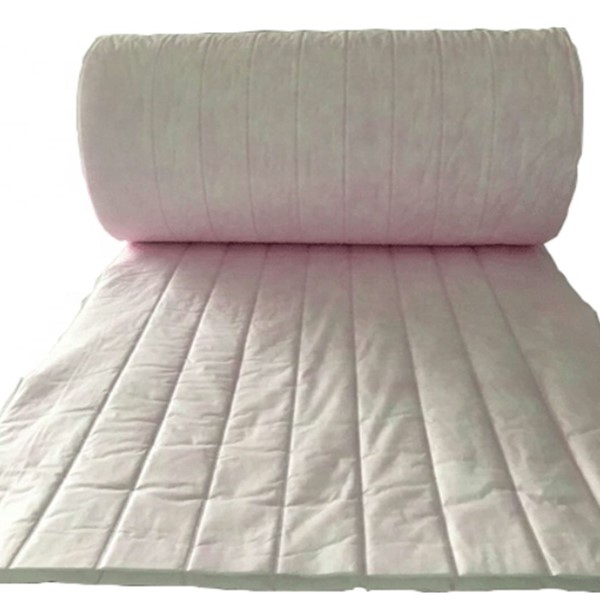
Figure 3: F7 Air Bag Filter Media in an HVAC installation.
Vendor Comparison and Selection Criteria
Selecting the right vendor for Medium Efficiency F7 Synthetic Air Bag Filter Media is as critical as choosing the product itself. A reliable supplier offers not just a product, but a partnership grounded in quality, technical support, and logistical efficiency.
Key Factors for Vendor Evaluation:
| Factor | Description |
|---|---|
| Certifications & Compliance | Ensure the vendor's products meet international standards (ISO 9001, ISO 14001, ISO 16890, EN 779, ASHRAE 52.2). Certifications demonstrate commitment to quality and environmental management. |
| Technical Expertise & Support | A strong vendor provides in-depth product knowledge, application guidance, and responsive technical assistance for troubleshooting or optimization. |
| Product Quality & Consistency | Look for vendors with robust quality control processes and a reputation for manufacturing durable, high-performing media with consistent specifications. |
| Customization Capabilities | Ability to provide bespoke solutions in terms of dimensions, frame materials, or specific media characteristics to meet unique project requirements. |
| Lead Times & Logistics | Reliable delivery schedules and efficient logistics are crucial to avoid operational downtime and project delays. |
| After-Sales Service & Warranty | Comprehensive warranty policies and accessible after-sales support instill confidence and mitigate risks. |
| Reputation & Client Portfolio | A vendor's history, years of service, and a portfolio of satisfied, high-profile clients in your industry speak volumes about their reliability and authority. |
Our commitment to these benchmarks ensures that clients receive not just a product, but a comprehensive solution backed by decades of industry expertise and a dedication to uncompromising quality.
Customized Solutions for Unique Requirements
Recognizing that standard filtration solutions may not always fit every specialized application, we offer extensive customization options for our Medium Efficiency F7 Synthetic Air Bag Filter Media.
- Dimensions and Configuration: Filters can be manufactured in non-standard sizes to fit existing HVAC units or custom air handling systems, including variations in bag depth and number of pockets.
- Frame Materials: While galvanized steel and aluminum are common, alternative frame materials like stainless steel for corrosive environments or plastic for specific weight/disposal requirements can be provided.
- Gasketing Options: Various gasketing materials (e.g., EPDM, neoprene, polyurethane) can be specified to ensure a perfect, airtight seal in challenging temperature or chemical conditions.
- Specific Media Treatments: For certain applications, media can be treated with antimicrobial agents or enhanced for specific chemical resistance, though synthetic F7 media already possesses natural resistance.
- Labeling and Branding: Custom labeling, including client branding or specific tracking information, can be accommodated for large volume orders.
Our engineering team collaborates closely with clients to understand their precise needs, providing expert guidance from concept to delivery, ensuring the tailored filter media integrates seamlessly and performs optimally within their unique operational parameters.
Application Case Studies
Real-world implementations demonstrate the tangible benefits of Medium Efficiency F7 Synthetic Air Bag Filter Media.
Case Study 1: Large Commercial Office Complex
A prominent commercial office tower in a metropolitan area faced challenges with increasing indoor air quality complaints and high energy consumption from its HVAC system. Traditional filters were requiring frequent replacement due to high dust loads from urban pollution. Upon recommendation, the facility managers replaced their existing G4/M5 pre-filters and M6 secondary filters with a two-stage system incorporating F7 synthetic bag filters as the primary filtration stage, followed by F9 compact filters. The introduction of Medium Efficiency F7 Synthetic Air Bag Filter Media significantly improved particulate removal, evidenced by a 40% reduction in PM2.5 levels. Moreover, the low initial pressure drop of the synthetic F7 media, combined with its high dust holding capacity, extended the filter change-out interval by 30%, leading to an estimated 12% reduction in annual HVAC energy costs and a notable decrease in tenant complaints.
Case Study 2: Pharmaceutical Manufacturing Facility (Pre-Filtration)
A pharmaceutical plant needed to upgrade its air filtration system in non-GMP (Good Manufacturing Practice) areas to better protect its expensive HEPA filters in critical zones and reduce maintenance frequency. They opted for Medium Efficiency F7 Synthetic Air Bag Filter Media as a robust pre-filter. The synthetic F7 media's consistent efficiency and excellent dust retention capabilities dramatically reduced the particulate load reaching the downstream HEPA filters. This resulted in a 25% extension of HEPA filter service life, leading to substantial savings in replacement costs and reduction in downtime for filter change-outs, crucial for continuous production. The media's inherent resistance to moisture also mitigated concerns in areas with higher humidity.
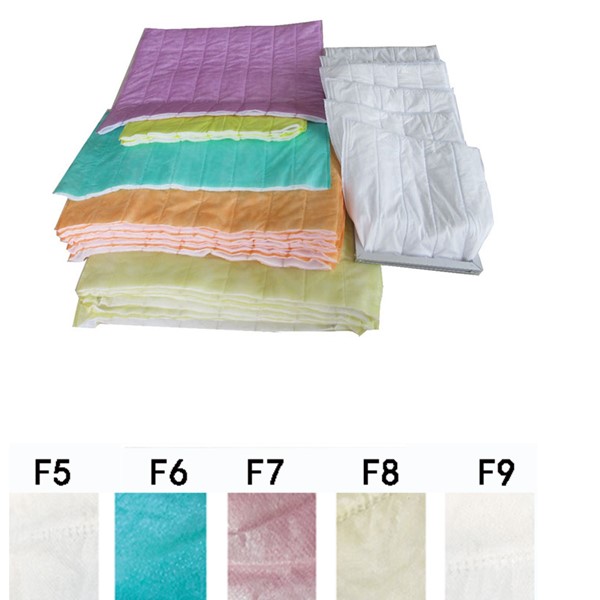
Figure 4: Detailed view of bag filter pocket construction.
Frequently Asked Questions (FAQ)
Q: What is the difference between F7 and F8 filters?
A: F7 and F8 are classifications under the EN 779:2012 standard. F7 filters typically have a higher average efficiency for 0.4 µm particles (e.g., 80-90%) compared to F7 (e.g., 60-80%). In ISO 16890, an F7 filter often corresponds to ePM2.5 > 50% or ePM1 > 50%, while an F8 filter would typically be ePM1 > 60% or ePM1 > 70%. F8 offers higher efficiency but generally comes with a higher initial pressure drop.
Q: Can Medium Efficiency F7 Synthetic Air Bag Filter Media be cleaned and reused?
A: While synthetic media is robust, air bag filters are generally designed for single use. Attempting to clean them can damage the delicate fiber structure, compromise the electrostatic charge, and reduce filtration efficiency, potentially pushing captured dust back into the air stream. We recommend replacement at the end of their service life.
Q: What is the typical lead time for custom orders?
A: Standard sizes of Medium Efficiency F7 Synthetic Air Bag Filter Media are typically in stock or have a lead time of 1-2 weeks. For customized solutions, lead times can range from 3-5 weeks depending on the complexity, volume, and specific material requirements. We work closely with clients to meet project deadlines, offering expedited options when feasible.
Q: What warranty is offered on your filtration media?
A: Our Medium Efficiency F7 Synthetic Air Bag Filter Media products are backed by a comprehensive warranty covering manufacturing defects and ensuring performance specifications are met upon delivery. Specific warranty terms will be outlined in your purchase agreement, typically covering a period from the date of shipment.
Q: How do I get technical support or place an order?
A: Our dedicated customer support team is available via phone, email, or through our website's contact form. For technical inquiries, our application engineers are ready to provide expert assistance. For orders, our sales team will guide you through the process, ensuring accurate fulfillment and timely delivery.
Fulfillment, Warranty, and Customer Support
We understand that reliable logistics and robust support are paramount for our B2B partners. Our commitment extends beyond product quality to ensure a seamless experience from order placement to post-installation.
Lead Time and Fulfillment:
Our agile manufacturing and supply chain management ensure efficient order processing. Standard items of Medium Efficiency F7 Synthetic Air Bag Filter Media are typically dispatched within 5-7 business days. Custom orders, while requiring specialized production, are managed with transparent communication on lead times, typically ranging from 3-5 weeks, ensuring clients can plan their operations effectively. We leverage established logistics networks to provide reliable and timely delivery worldwide.
Warranty Commitments:
All our filtration products, including Medium Efficiency F7 Synthetic Air Bag Filter Media, come with a standard limited warranty against manufacturing defects and material failures under normal operating conditions. This warranty affirms our confidence in the quality and durability of our products. Detailed warranty terms and conditions are provided with each quotation and sale, ensuring complete transparency.
Dedicated Customer Support:
Our commitment to customer satisfaction is unwavering. We provide comprehensive after-sales support through a team of experienced technical professionals and customer service representatives. Whether you need assistance with product selection, installation guidance, troubleshooting, or re-ordering, our team is accessible via multiple channels (phone, email, web portal) to provide prompt and expert assistance. We also offer training resources and documentation to empower your team with the knowledge to optimize filtration performance.
References
- International Organization for Standardization (ISO). "ISO 16890-1:2016 - Air filters for general ventilation - Part 1: Technical specifications, requirements and classification system based upon particulate matter efficiency (ePM)."
- European Committee for Standardization (CEN). "EN 779:2012 - Particulate air filters for general ventilation - Determination of the filtration performance."
- American Society of Heating, Refrigerating and Air-Conditioning Engineers (ASHRAE). "ASHRAE Standard 52.2-2017 - Method of Testing General Ventilation Air-Cleaning Devices for Removal Efficiency by Particle Size."
- Air Filtration and Contamination Control Handbooks. Industry publications.
- Journal of Environmental Science & Technology. Peer-reviewed articles on air filtration media and efficiency.
Post time: Sep-14-2025

